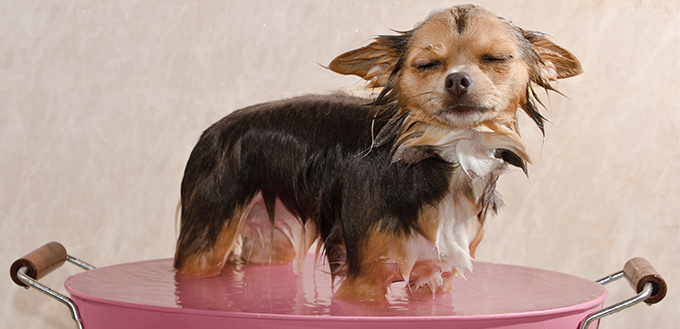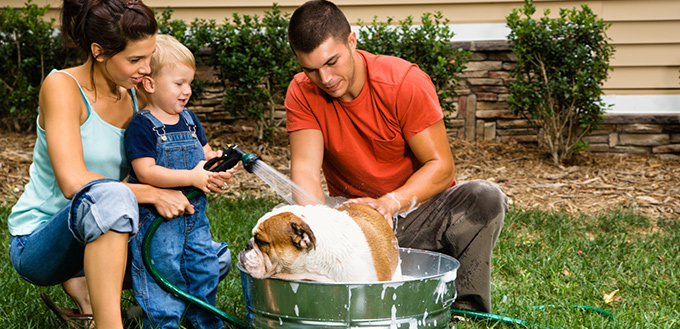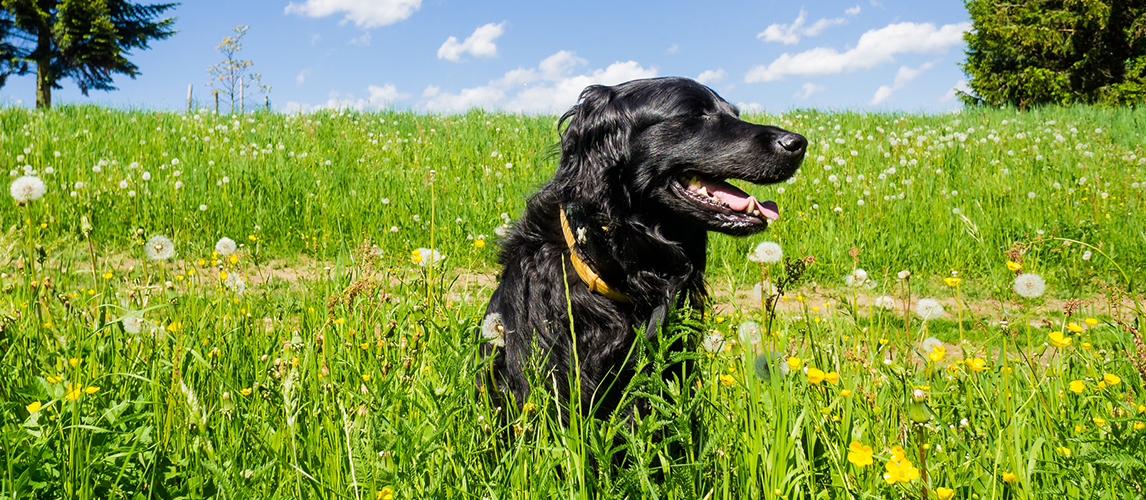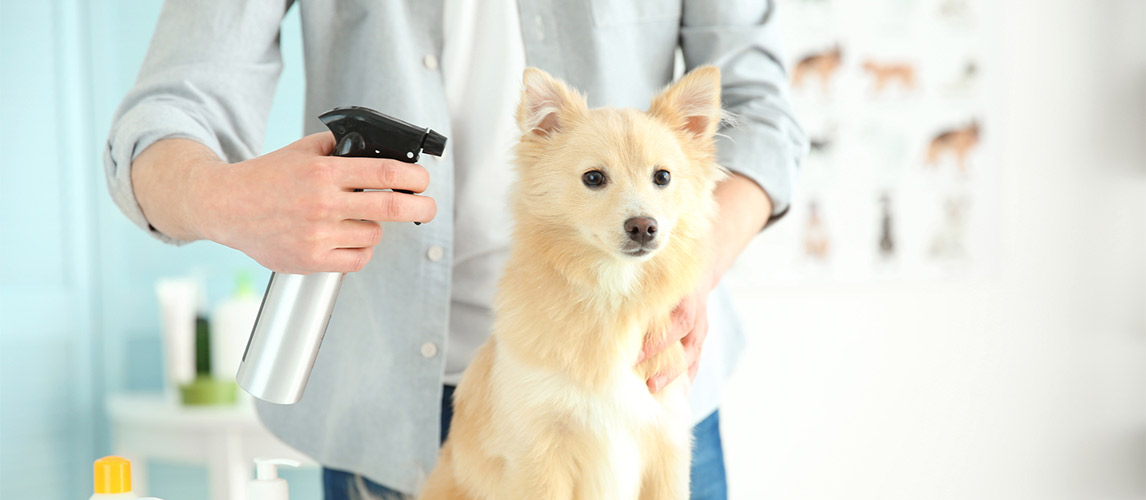Bath time is not as enjoyable for pets as they are for people. It is not just the water but also the scrubbing and the drying which are enough to make them feel stressed. Although dogs groom themselves as well, giving them a bath is still necessary to keep them clean.
Moreover, bathing will control dog shedding and keep the coat healthy. Allergies and infection, as well as the spread of germs and dirt, will be prevented by regular cleaning of your pet. After all, when they go outside and roll on the dirt, they will eventually bring the dirt home where you and your kids are then at risk of getting sick.
Bathing you dog can be a challenge because it might try to jump out of the water or even react strongly when they reach the water. In fact, it is normal that some pets have an aversion to water. In this case, it is better to take it easy and let your pooch get slowly acquainted with the water and baths. After all, forcing it will simply make it uncomfortable and reinforce its fear of water.
Pet owners also have to be careful not to make some mistakes that will make bath time very uncomfortable for their pooch.
Seven Mistakes To Avoid When Giving Your Dog A Bath

1. Not Checking The Water’s Temperature
The right water temperature is the first step to making sure your pet is comfortable during bath time. While people can tolerate higher temperatures, your dog will not like hot water as it might be scorching for them. Cold water is also not a good idea, especially when it is a bit cold outside as they might get cold after the bath. Lukewarm water is enough for bath time, so for the sake of your dog, you should double-check the temperature of the water before letting it get wet. The trick is to try out the temperature by spraying some of the water on your forearm, which is sensitive to hot or cold temperatures.
2. Not Protecting Your Pet’s Eyes And Ears
Getting water in their eyes and ears is not just uncomfortable for them, but it can even be dangerous and painful. Your pooch can also get an infection in the ears when they get water inside. In order to prevent any water getting in the eyes and ears, it is best to just use a damp cloth. Moreover, never clean too deep into the ear canal and never use cotton buds. Exercise a lot of care and caution or simply bring the dog to a groomer to clean the sensitive areas.
3. Using A Strong Spray
Drawing a bath for your dog puts you and the entire bathroom at risk of getting fully wet. You might then be tempted to simply use the shower or the faucet itself when washing your pooch. Before you do so, you need to know that strong water pressure is scary for dogs and they might react very strongly out of fear or surprise when the water hits their body.
Instead of the shower or faucet, use a big cup and just scoop water into the dog’s body slowly. Or you may put your hand between the shower head and your pooch so that the pressure is reduced before it hits the dog’s body. Still, the sound might still make them scared, so try to keep the water pressure low when using the shower head.
You May Also Like: Dog Shower Heads
4. Using The Wrong Products
Humans and animals have very different skins and bodies and using the same cleaning products does not make sense. Worse, soaps that have been designed for humans might actually be too harsh for your pooch. This is why there are special shampoos that are created for dogs’ fur and bodies. It is important to use them because shampoos for humans might also strip away natural oils in the coat and lead to skin irritation.
Some dogs might also have sensitive skin and fur and will not be able to use all products created for pooches. In this case, you should talk to your vet to try out a different shampoo. If you are unsure if the product is not too harsh, you can apply a small amount first on the leg a few times to see if it will cause any reaction or irritation.
Even with the right products, make sure to not use them too often as it is also unnecessary. Dogs do not need daily baths like humans do, and even once a week is enough to remove the dirt from their bodies. During warm weather, your dog might enjoy the water so it might want to soak in the bath a bit but you can skip the washing. If your dog is also outdoors a lot or likes to go to the woods or bushes, you might find it necessary to give it a bath more regularly.
Check out some of our dog shampoos guides, such as the best dog shampoo for puppies, best medicated dog shampoos, and whitening shampoo for dogs.

5. Not Washing Your Dog Correctly
Some people believe that just applying soap on the fur and leaving it to soak for a few minutes is enough to clean the body, but it actually is not. To remove dirt and oil, you need to agitate the shampoo, so that the grime will be trapped and washed away.
The right way of cleaning and washing your pet is to massage the soap into its fur using your hands and fingers. Do so for at least 4 minutes, starting with the legs and working your way up to the neck. As mentioned above, it is safer to clean the face with a damp washcloth in order to avoid any water or soap getting into the eyes and ears. Do not forget to clean the paw pads, because these parts also become sweaty and stinky.
When it comes to rinsing, use the reverse order as the one you used to shampoo your pooch. Make sure that the water runs without any more soap.
Related Post: Best Dog Paw Washer
6. Not Drying Your Pet Correctly
Letting your dog get off the water and shake off all the water from its body is not enough. You will need to dry it off properly. Using a towel, squeeze as much of the water out of the fur (not the skin!) as possible. If you have a short-haired dog, using the towel is most likely enough. However, long-haired dogs might need some more drying.
Before you reach for your own hair dryer, you should know that this is inappropriate to use with dogs. These products are not very good at regulating how hot the airflow is, so you might put your pet at risk of getting skin burns. Instead, there are professional dog dryers you can invest in, especially if you have a long-haired pooch at home.
7. Having The Wrong Brushing Technique
Though it might seem strange, you should actually brush your dog’s fur both before and after the bath, as well as at least 3 times a week. Like bathing, brushing can also be uncomfortable and painful for your dog, especially if it has knots on the fur.
If you notice that your pooch has tangled fur, it is best to bring it to a professional groomer first to get rid of the tangles. Afterward, a regular brushing routine should be started and maintained to keep the coat shiny and free of knots. Moreover, it will keep the dog cleaner between baths as dirt does not get stuck in the tangled fur.
Some dogs who have double coats that also shed, like Labrador retrievers and German shepherds, brushing the fur while shampooing it will be good for removing a bit of the excess undercoat. Otherwise, brush only when the pet is fully dry after the bath or even the day after. If the coat is still too wet, brushing will only create mats.
Read here our articles on the Best Dog Shedding Brush, Best Brush for German Shepherds, and Best Brushes for Short Hair Dogs.
It is best to invest in a good long-tooth comb or slicker brush which is perfect for most dogs. These are enough, as undercoat rakes may nick the skin and lead to infections. If you are unsure which tools are right for your pet, you may ask the vet or a professional groomer. The groomer will also be able to show you how to brush your pooch from head all the way to the paw.
You may also like our guide on Dematting Tools for Dogs.
Your pet will not develop a love for baths after one time, so it is important to make sure it is always comfortable and relaxed every single time you clean it. Soon after, it will learn to fear bath time less and you will struggle less. You should also watch out for these 7 common mistakes that might undo all your hard work in getting your pet to like baths.
In some cases, you might find that investing in the right tools like a dog towel or dog dryer and shampoo is key to giving your pooch the best bath experience. While you might think twice because of the cost, rest assured that they have been developed specifically for your pet and human tools are simply no replacement.
Sources:
- Jill Fanslau, 7 Bath-Time Mistakes Pet Parents Make, PetMD
- Shayna Meliker, Are You Bathing Your Dog Wrong?, Vetstreet






